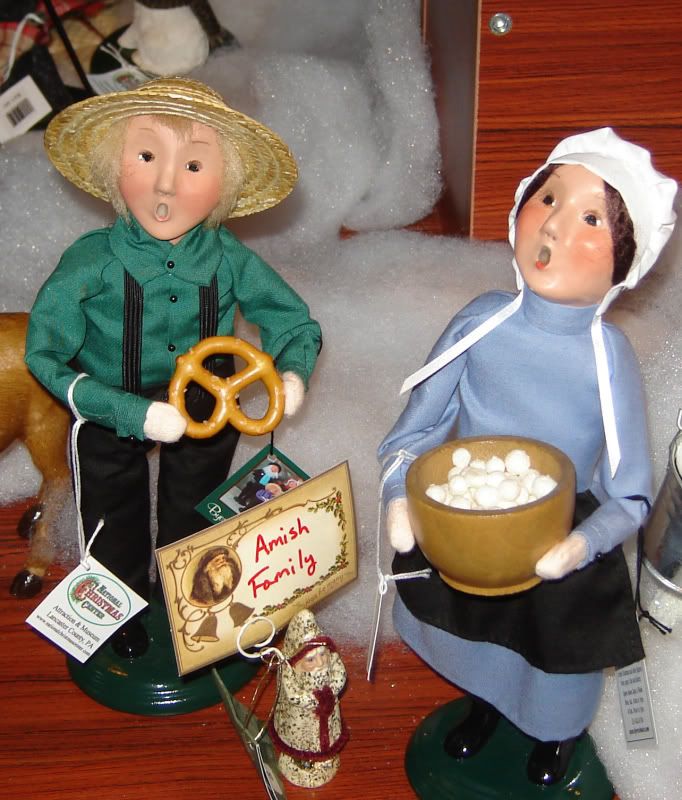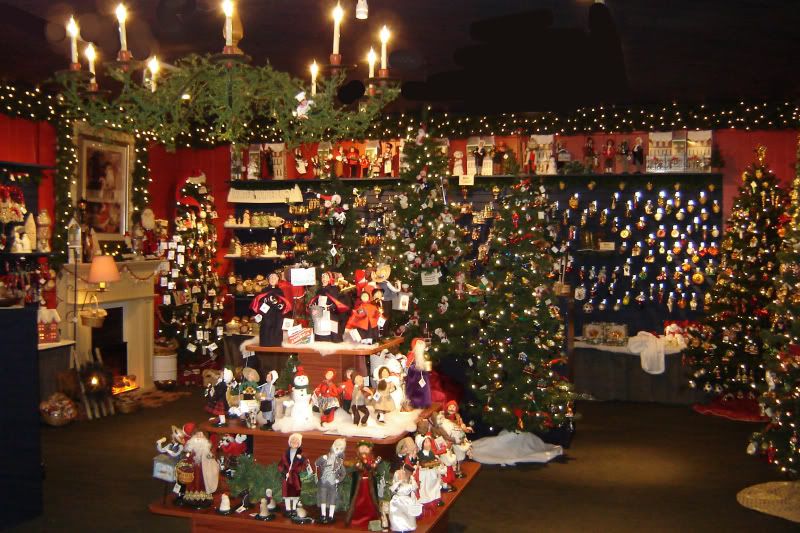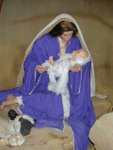What’s the story with the reindeer? Where did they originate?
Authors and businessmen are at the bottom of Santa’s ungulate fixation. Washington Irving’s “A History of New York” has Saint Nicholas riding on a horse with a wagon. Fifteen years later, in 1821, a poem called “Santeclaus” provided the jolly one with a sleigh drawn by a single reindeer.
The venerable “The Night Before Christmas” added depth to his reindeers by giving them names and describing the way in which Saint Nicholas (who was an elf at this point) shimmies out of houses. And – no joke – a controversy still exists as to whether “Donner” or “Donder” is the true name of the seventh reindeer. (Senator Robert J. Dole (R-Kansas) allegedly called for an investigation on this extremely critical issue.)
So it was. For over a hundred years, Santa had eight reindeers. Then, in 1939, a Chicago-based chain of department stores gave him a ninth. The company asked one of their copywriters to write a Christmas story as a promotional gimmick.
Robert L. May’s Rudolph was not actually the offspring or even a distant cousin of Santa’s existing reindeer, he was from an “ordinary” reindeer village outside of the North Pole (read: the wrong side of the tracks). And unlike Johnny Marks’ famous song, Rudolph was very much loved by his parents, and only minimally subjected to ridicule.
Moreover, he wasn’t hand-picked by Santa because of his shiny nose. Santa discovered him by accident, when he noticed the glow under the red-nosed reindeer’s door while delivering presents to his house – aw, even animals get gifts!
Weatherman Claus had noticed the fog earlier in the evening and, feeling that it would lead to delays and accidents, gave Rudolph the rags-to-riches story his nose deserved. Upon their successful return home, Santa said, “By YOU last night’s journey was actually bossed. Without you, I’m certain we’d all have been lost!”
(Auhtor Unknown)























